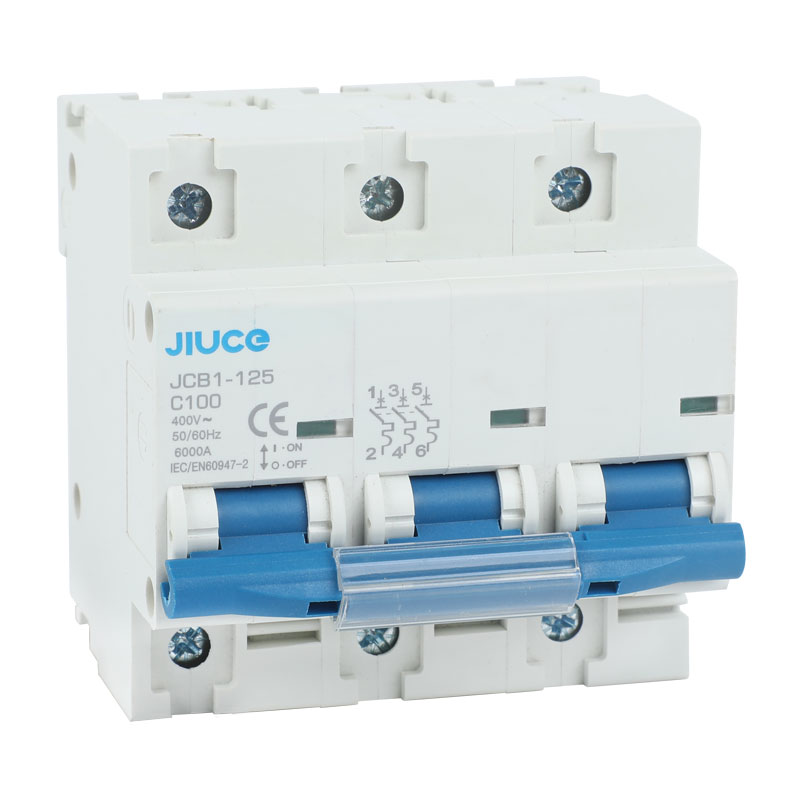What Makes MCCB & MCB Similar?
Circuit breakers are important components in electrical systems because they provide protection against short circuit and overcurrent conditions. Two common types of circuit breakers are molded case circuit breakers (MCCB) and miniature circuit breakers (MCB). Although they are designed for different circuit sizes and currents, both MCCBs and MCBs serve the critical purpose of protecting electrical systems. In this blog, we will explore the similarities and importance of these two types of circuit breakers.
Functional similarities:
MCCB and MCB have many similarities in core functionality. They act as switches, interrupting the flow of electricity in the event of an electrical fault. Both circuit breaker types are designed to protect electrical systems from overloads and short circuits.
Short circuit protection:
Short circuits pose significant risks to electrical systems. This occurs when an unexpected connection occurs between two conductors, causing a sudden surge in electrical current. MCCBs and MCBs are equipped with a trip mechanism that senses excess current, breaks the circuit and prevents any potential damage or fire hazard.
Overcurrent protection:
In electrical systems, overcurrent conditions can occur due to excessive power dissipation or overloading. MCCB and MCB effectively deal with such situations by automatically cutting off the circuit. This prevents any damage to electrical equipment and helps maintain the stability of the power system.
Voltage and current ratings:
MCCB and MCB differ in circuit size and applicable current rating. MCCBs are typically used in larger circuits or circuits with higher currents, typically ranging from 10 to thousands of amps. MCBs, on the other hand, are more suitable for smaller circuits, providing protection in the range of about 0.5 to 125 amps. It is important to select the appropriate type of circuit breaker based on the electrical load requirements to ensure effective protection.
Trip mechanism:
Both MCCB and MCB employ tripping mechanisms to respond to abnormal current conditions. The tripping mechanism in MCCB is usually a thermal-magnetic tripping mechanism which combines thermal and magnetic tripping elements. This enables them to respond to overload and short circuit conditions. MCBs, on the other hand, usually have a thermal tripping mechanism that primarily reacts to overload conditions. Some advanced MCB models also incorporate electronic tripping devices for precise and selective tripping.
Safe and reliable:
MCCB and MCB play a vital role in ensuring the safety and reliability of electrical systems. Without these circuit breakers, the risk of electrical fires, equipment damage, and potential injury to individuals is significantly increased. MCCBs and MCBs contribute to the safe operation of electrical installations by immediately opening the circuit when a fault is detected.
- ← Previous:10kA JCBH-125 Miniature Circuit Breaker
- What is an RCBO and how does it work?:Next →

 Zhejiang Jiuce Intelligent electric co., ltd.
Zhejiang Jiuce Intelligent electric co., ltd.










